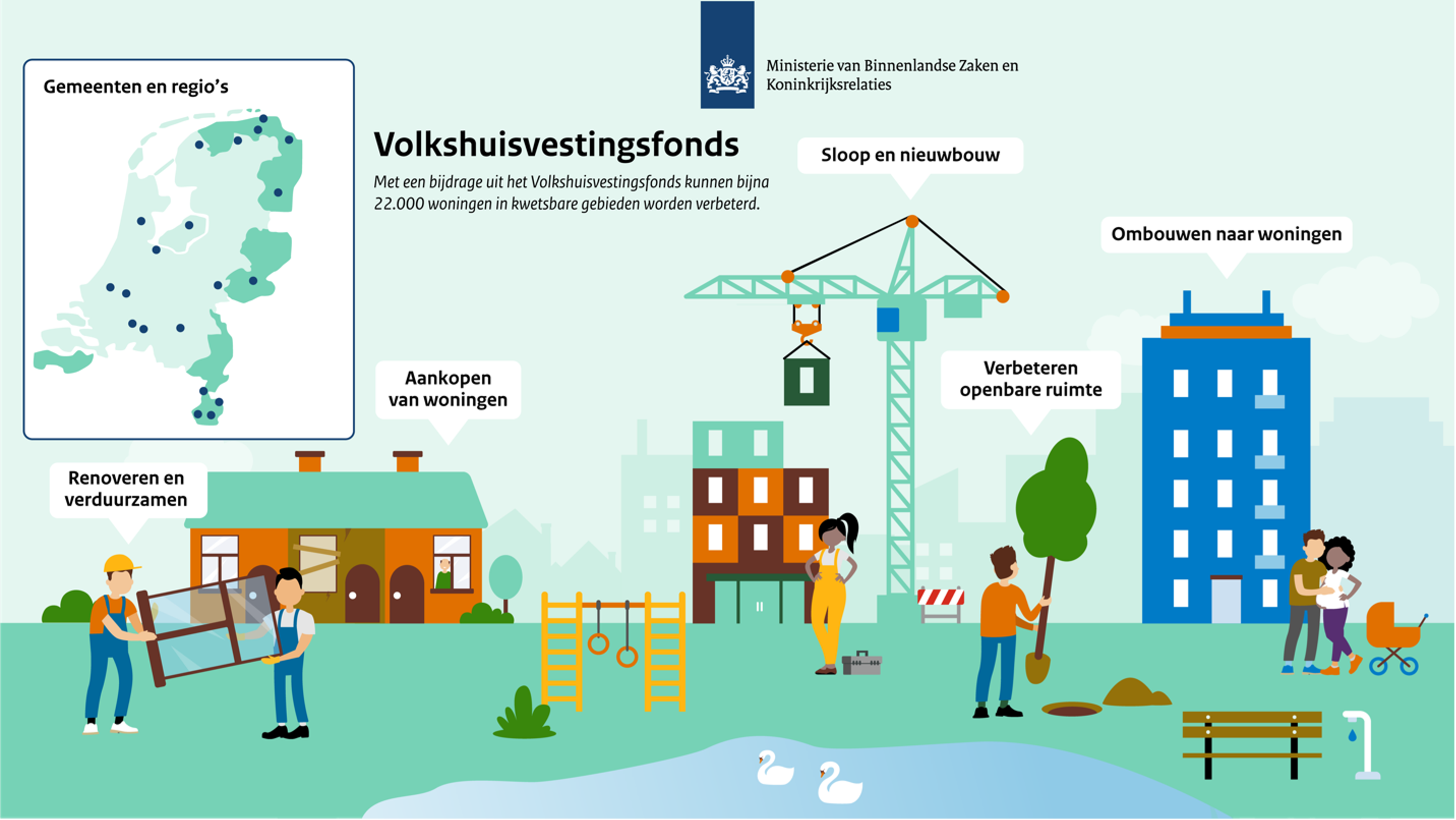Energy Poverty
Area: Policy and financing
The in-depth study of energy poverty as a social phenomenon commenced in the late 19th century through the works of British social researchers Booth and Rowntree (O’Connor, 2016). This era was characterised by significant social and economic transformation, and these scholars were troubled by the living conditions and welfare of impoverished urban populations, who were residing in congested and unsanitary environments.
Throughout the 20th century, poverty in policy contexts became quite narrowly defined as a lack of income. However, it was another social concern in the UK that led to the development of concepts like ‘fuel poverty’ or ‘energy poverty’ a century after Booth and Rowntree.[i] Following the 1973 oil crisis, the Child Poverty Action Group took the initiative to address how increasing energy costs were affecting low-income households in the UK (Johnson & Rowland, 1976). As essentials like heating, electricity, and fuels became necessary for maintaining a decent standard of living in modern British society, this advocacy group pushed for government financial support. Later, Bradshaw and Hutton (1983) introduced a narrower definition of energy poverty: “the inability to afford adequate heat in the home”. Since then, studies on energy poverty have typically excluded motor fuels, as they fall under transport poverty, a related but separate area of study (Mattioli et al., 2017).
Energy poverty, as defined by Bouzarovski and Petrova (2015, p. 33), refers to "the inability to secure or afford sufficient domestic energy services that allow for participation in society." Although the precise boundaries of relevant domestic energy usage are still debated, this definition expands beyond mere heating as it encompasses energy used for cooling, which is particularly relevant in warmer climates (Thomson et al., 2019). Moreover, it enables a socially and culturally dependent understanding of what it means to participate in society (Middlemiss et al., 2019). On 13 September 2023, the European Union (2023) officially defined energy poverty as “a household’s lack of access to essential energy services, where such services provide basic levels and decent standards of living and health, including adequate heating, hot water, cooling, lighting, and energy to power appliances, in the relevant national context, existing national social policy and other relevant national policies, caused by a combination of factors, including at least non-affordability, insufficient disposable income, high energy expenditure and poor energy efficiency of homes”.
The doctoral thesis and subsequent book by Brenda Boardman, Fuel Poverty: From Cold Homes to Affordable Warmth (1991), marked a significant breakthrough in energy poverty research. She emphasised the detrimental impact of energy-inefficient housing on health and quality of life. In the decades that followed, substantial literature confirmed her qualitative findings (Thomson et al., 2017). Notably, studies have demonstrated the adverse effects of living in energy poverty on physical health (Liddell & Morris, 2010), mental health (Liddell & Guiney, 2015), stress levels (Longhurst & Hargreaves, 2019), social isolation (Harrington et al., 2005), and absenteeism (Howden-Chapman et al., 2007).
Boardman’s work introduced an indicator that has remained influential to this date, although it was not the first attempt to operationalise the concept of fuel poverty (Isherwood & Hancock, 1979). Her ‘2M’ indicator categorises a household as energy poor if it needs to allocate twice the median share of its budget for energy expenses to heat its home adequately. Boardman calculated this threshold to be 10% at that time. Due to its simplicity and ease of comprehension, many governments directly adopted this 10% threshold without considering specific contextual circumstances. Since the early nineties, numerous attempts have been made to develop alternative indicators. Highly influential ones include ‘Low Income High Cost’ (LIHC) by John Hills (2012), ‘Low Income Low Energy Efficiency’ (LILEE) that subsequently became the official British indicator (BEIS, 2022), and a 'hidden' energy poverty indicator by (Meyer et al., 2018). Critiques of these indicators focus, amongst other things, on their simplicity and perceived 'technocratic' approach (Croon et al., 2023; Middlemiss, 2017).
This marked the beginning of significant government commitment, initially in the UK and later in other countries to address energy poverty. Although certain forms of cold weather payments had already been introduced by the UK's Conservative administrations, it was under the successive governments of Blair and Brown, following the publication of Boardman's work, that programmes such as the Winter Fuel Payment and Warm Home Discount were implemented (Koh et al., 2012). The UK examples highlight bipartisan support for addressing energy poverty, with both the Conservatives and Labour backing these efforts. This policy objective has also gained momentum in various legislative contexts, leading the EU to incorporate energy poverty alleviation as a fundamental pillar of the European Green Deal and a specific goal of its landmark Social Climate Fund (European Commission, 2021).
Over the last three decades, public interest in energy poverty as a 'wicked' problem has surged, particularly during the recent energy crisis. This crisis began in 2021 when energy markets tightened due to a post-pandemic economic rebound, and it worsened dramatically after Russia's invasion of Ukraine in February 2022 (IEA, 2023). Extensive research on the impact of this price surge on energy poverty levels has been carried out throughout Europe and globally (Guan et al., 2023; Simshauser, 2023). Consequently, energy poverty has become a significant focal point in discussions related to the 'just transition,' especially within the realm of energy justice, as it serves as a valuable concept for targeting policies towards a specific vulnerable group in this context (Carrosio & De Vidovich, 2023).
[i] ‘Fuel poverty' and 'energy poverty' are used interchangeably, with the former being more common in the UK and the latter in mainland Europe (Bouzarovski & Petrova, 2015). Previously, scholars in the UK used 'energy poverty' to denote a lack of access to energy and 'fuel poverty' when affordability was the concern (Li et al., 2014). However, this distinction is no longer maintained.
References
BEIS. (2022). Methodology handbook LILEE with projection. https://www.gov.uk/government/publications/fuel-poverty-statistics-methodology-handbook
Boardman, B. (1991). Fuel Poverty: From Cold Homes to Affordable Warmth. Pinter Pub Limited.
Bouzarovski, S., & Petrova, S. (2015). A global perspective on domestic energy deprivation: Overcoming the energy poverty–fuel poverty binary. Energy Research & Social Science, 10, 31-40. https://doi.org/10.1016/j.erss.2015.06.007
Bradshaw, J., & Hutton, S. (1983). Social policy options and fuel poverty. Journal of Economic Psychology, 3(3-4), 249-266.
Carrosio, G., & De Vidovich, L. (2023). Towards eco-social policies to tackle the socio-ecological crisis: energy poverty as an interface between welfare and environment. Environmental Sociology, 9(3), 243-256. https://doi.org/10.1080/23251042.2023.2207707
Croon, T. M., Hoekstra, J. S. C. M., Elsinga, M. G., Dalla Longa, F., & Mulder, P. (2023). Beyond headcount statistics: Exploring the utility of energy poverty gap indices in policy design. Energy Policy, 177. https://doi.org/10.1016/j.enpol.2023.113579
European Commission. (2021). Proposal for a Regulation of the European Parliament and of the Council Establishing a Social Climate Fund. https://eur-lex.europa.eu/resource.html?uri=cellar:9e77b047-e4f0-11eb-a1a5-01aa75ed71a1.0001.02/DOC_3&format=PDF
European Union. (2023). Directive (EU) 2023/1791 of the European Parliament and of the Council of 13 September 2023 on energy efficiency and amending Regulation (EU) 2023/955 (recast). OJ L 231, 20.9.2023. http://data.europa.eu/eli/dir/2023/1791/oj
Guan, Y., Yan, J., Shan, Y., Zhou, Y., Hang, Y., Li, R., ... & Hubacek, K. (2023). Burden of the global energy price crisis on households. Nature Energy, 8(3), 304-316.
Harrington, B. E., Heyman, B., Merleau-Ponty, N., Stockton, H., Richie, N., & Heyman, A. (2005). Keeping warm and staying well: findings from the qualitative arm of the Warm Homes Project. Health Soc Care Community, 3, 259-267. https://doi.org/doi: 10.1111/j.1365-2524.2005.00558.x.
Hills, J. (2012). Getting the measure of fuel poverty: final report of the Fuel Poverty Review. http://eprints.lse.ac.uk/43153
Howden-Chapman, P., Matheson, A., Crane, J., Viggers, H., Cunningham, M., Blakely, T., Cunningham, C., Woodward, A., Saville-Smith, K., O'Dea, D., Kennedy, M., Baker, M., Waipara, N., Chapman, R., & Davie, G. (2007, Mar 3). Effect of insulating existing houses on health inequality: cluster randomised study in the community. BMJ, 334(7591), 460. https://doi.org/10.1136/bmj.39070.573032.80
IEA. (2023). Global Energy Crisis: How the energy crisis started, how global energy markets are impacting our daily life, and what governments are doing about it. https://www.iea.org/topics/global-energy-crisis
Isherwood, B. C., & Hancock, R. M. (1979). Household expenditure on fuel: distributional aspects.
Johnson, M., & Rowland, M. (1976). Fuel Debts & The Poor.
Koh, L., Marchand, R., Genovese, A., & Brennan, A. (2012). Fuel Poverty: Perspectives from the front line. https://www.sheffield.ac.uk/polopoly_fs/1.272226!/file/Fuel_Poverty-perspectives_from_the_front_line.pdf
Li, K., Lloyd, B., Liang, X.-J., & Wei, Y.-M. (2014). Energy poor or fuel poor: What are the differences? Energy Policy, 68, 476-481. https://doi.org/10.1016/j.enpol.2013.11.012
Liddell, C., & Guiney, C. (2015, Mar). Living in a cold and damp home: frameworks for understanding impacts on mental well-being. Public Health, 129(3), 191-199. https://doi.org/10.1016/j.puhe.2014.11.007
Liddell, C., & Morris, C. (2010). Fuel poverty and human health: A review of recent evidence. Energy Policy, 38(6), 2987-2997. https://doi.org/10.1016/j.enpol.2010.01.037
Longhurst, N., & Hargreaves, T. (2019). Emotions and fuel poverty: The lived experience of social housing tenants in the United Kingdom. Energy Research & Social Science, 56. https://doi.org/10.1016/j.erss.2019.05.017
Mattioli, G., Lucas, K., & Marsden, G. (2017). Transport poverty and fuel poverty in the UK: From analogy to comparison. Transport Policy, 59, 93-105. https://doi.org/10.1016/j.tranpol.2017.07.007
Meyer, S., Laurence, H., Bart, D., Middlemiss, L., & Maréchal, K. (2018). Capturing the multifaceted nature of energy poverty: Lessons from Belgium. Energy Research & Social Science, 40, 273-283. https://doi.org/10.1016/j.erss.2018.01.017
Middlemiss, L. (2017). A critical analysis of the new politics of fuel poverty in England. Critical Social Policy, 37(3), 425-443. https://doi.org/doi.org/10.1177/0261018316674851C
Middlemiss, L., Ambrosio-Albalá, P., Emmel, N., Gillard, R., Gilbertson, J., Hargreaves, T., Mullen, C., Ryan, T., Snell, C., & Tod, A. (2019). Energy poverty and social relations: A capabilities approach. Energy Research & Social Science, 55, 227-235. https://doi.org/10.1016/j.erss.2019.05.002
O’Connor, A. (2016). Poverty knowledge and the history of poverty research. In D. Brady & L. M. Burton (Eds.), The Oxford Handbook of the Social Science of Poverty (pp. 169-192). Oxford University Press.
Simshauser, P. (2023). Fuel poverty in Queensland: horizontal and vertical impacts of the 2022 energy crisis. Cambridge Working Papers in Economics, CWPE 2257. Retrieved from http://www.econ.cam.ac.uk/cwpe
Thomson, H., Simcock, N., Bouzarovski, S., & Petrova, S. (2019). Energy poverty and indoor cooling: An overlooked issue in Europe. Energy and Buildings, 196, 21-29. https://doi.org/10.1016/j.enbuild.2019.05.014
Thomson, H., Snell, C., & Bouzarovski, S. (2017, May 31). Health, Well-Being and Energy Poverty in Europe: A Comparative Study of 32 European Countries. Int J Environ Res Public Health, 14(6). https://doi.org/10.3390/ijerph14060584
Created on 17-10-2023 | Update on 23-10-2024
Related definitions
Just Transition
Area: Policy and financing
Created on 03-06-2022 | Update on 23-10-2024
Read more ->Performance Gap in Retrofit
Area: Design, planning and building
Created on 08-09-2023 | Update on 23-10-2024
Read more ->Social Value
Area: Community participation
Created on 16-11-2023 | Update on 23-10-2024
Read more ->Financial Wellbeing
Area: Design, planning and building
Created on 14-10-2024 | Update on 13-06-2025
Read more ->Techno-optimism
Area: Design, planning and building
Created on 14-10-2024 | Update on 07-11-2024
Read more ->Thermal Insulation & Airtightness
Area: Design, planning and building
Created on 25-10-2024 | Update on 08-11-2024
Read more ->Related cases

Pre-1919 Niddrie Road Retrofit – An Example of Care for Climate and Health
Created on 15-11-2024

A Combined Energy Efficiency and Levelling Up Scheme: the Dutch ‘Volkshuisvestingsfonds’
Created on 25-09-2024

